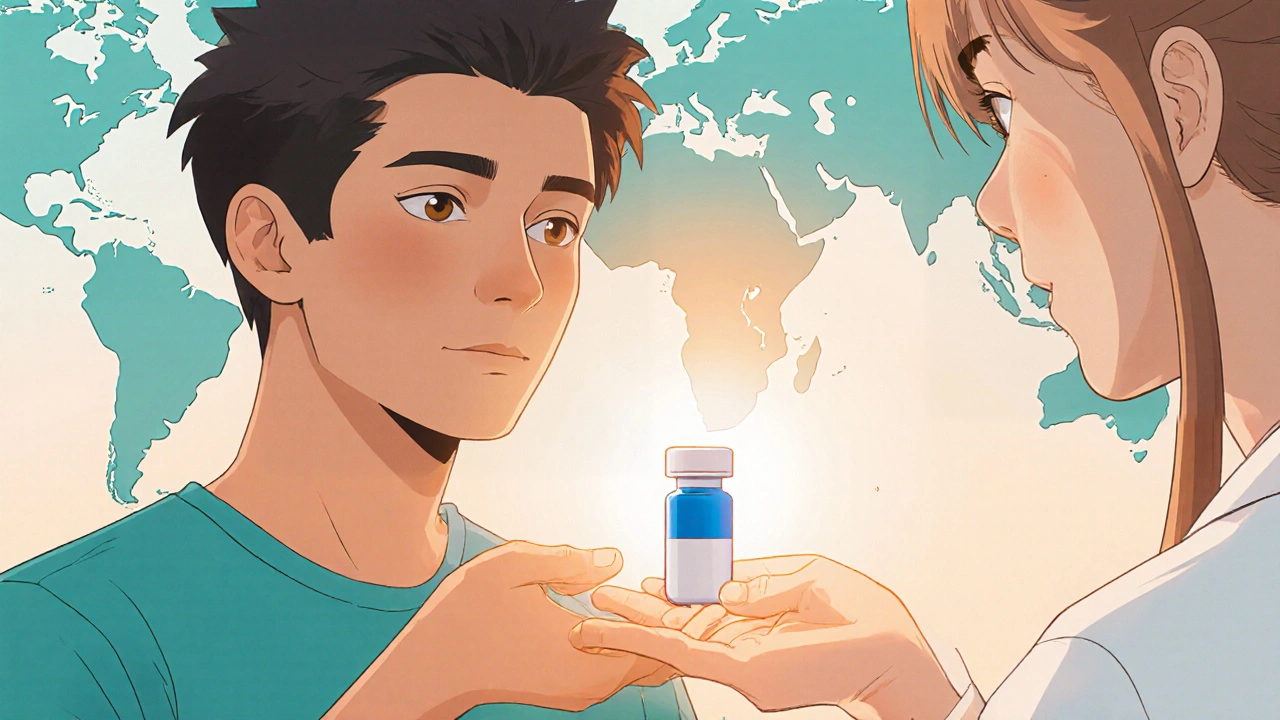
Explore how the efavirenz‑emtricitabine‑tenofovir triple has influenced WHO, CDC, and European HIV treatment guidelines and its impact on patient outcomes.
When it comes to managing WHO HIV protocol, the global standard for HIV testing, treatment, and prevention set by the World Health Organization. It's not just a document—it's the backbone of how countries decide who gets tested, who gets medicine, and how fast they get it. This protocol shapes everything from rural clinics in sub-Saharan Africa to urban pharmacies in Europe. It’s designed to be simple, affordable, and effective, so even places with limited resources can save lives.
The antiretroviral therapy, a combination of drugs that stop HIV from multiplying in the body. Also known as ART, it’s the core of the WHO HIV protocol. The guidelines don’t just say "take pills"—they tell you which pills, when to start them, and how to monitor side effects. For example, they recommend starting treatment immediately after diagnosis, no matter how healthy someone seems. That’s because early treatment cuts transmission risk by over 90%. The protocol also covers HIV prevention, strategies like PrEP, needle exchanges, and mother-to-child transmission blocking. These aren’t afterthoughts—they’re built into every level of care, from prenatal visits to pharmacy distribution. You’ll find that the WHO doesn’t just focus on drugs. It pushes for regular testing, partner notification, and stigma reduction. Why? Because medicine alone won’t end the epidemic if people are too scared to get tested.
The posts you’ll see here aren’t just random drug guides—they’re all connected to this real-world framework. You’ll find articles on how medications like tenofovir and dolutegravir fit into WHO-recommended regimens, how side effects are managed in low-income settings, and why some patients struggle with adherence even when the treatment is free. There’s also coverage on how these guidelines affect everyday people: women on hormonal birth control, people with TB co-infections, or those managing HIV alongside depression or diabetes. These aren’t theoretical discussions. They’re grounded in the same rules that guide clinics across 195 countries.
Whether you’re a patient, a caregiver, or just trying to understand why certain drugs are preferred over others, the WHO HIV protocol gives you the map. What follows are real stories, practical tips, and clear comparisons—all rooted in the same global standards that are saving millions of lives every year. You’re not just reading about pills. You’re reading about how the world is changing the course of a pandemic, one person at a time.

Explore how the efavirenz‑emtricitabine‑tenofovir triple has influenced WHO, CDC, and European HIV treatment guidelines and its impact on patient outcomes.